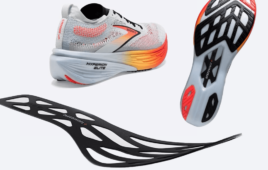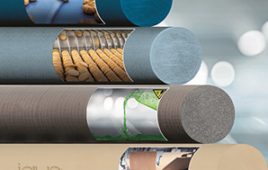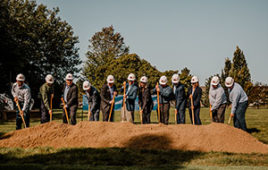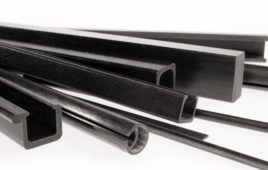Forest fires pose life-and-death situations for firefighters, but a partnership between NASA’s Langley Research Center and the United States Department of Agriculture’s Forest Service could provide safety when the heat is on.
The partnership, called CHIEFS or Convective Heating Improvement for Emergency Fire Shelters, led to the development of a fire shelter made from heat-resistant materials NASA is exploring for future planetary missions.
The current shelter prototype is made of a woven quartz fabric bonded to an aluminum film. NASA said it is looking into more efficient high- and low-temperature insulators that will inhibit hot combustion gases from reaching firefighters.
A fire shelter is typically a last resort for firefighters battling forest fires. It resembles a small, foldable tent and is designed to protect firefighters from hot gas inhalation, as well as radiant and convective heat. Fire shelters are not intended for extended use. They’re generally only good for a minute and a half to three minutes, depending upon weather conditions, the terrain, and the types of burning trees or brush, but this offers enough time for an escape or a rescue.
The external aluminum coating reflects 90 percent of radiant heat from a forest fire. Meanwhile, the interior insulation protects the users from hot winds or direct contact with the fire.
The exterior temperature of the shelter in forest fire conditions can range between 1,472° and 2,400° Fahrenheit. The interior must stay below 300° Fahrenheit to keep the users safe.
There are two prototypes being developed by NASA. One is a light design that weighs about 4.3 pounds and more closely resembles current shelters used by fire departments. A heavier version is 6.9 pounds and offers more protection, but its size would necessitate vehicle transport.
The shelters are still in the development and testing phases, but forest firefighters could have them in their arsenals as soon as next year.
Filed Under: Materials • advanced




